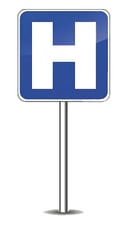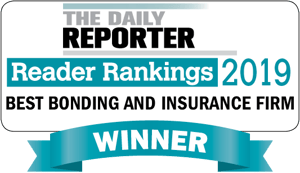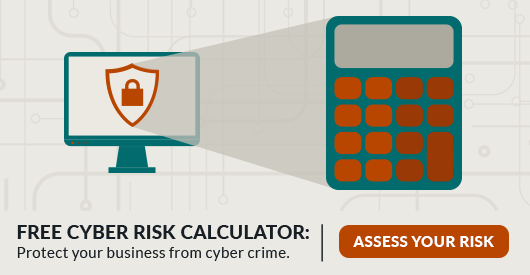One of the most common, and usually preventable claims, we see year round is tree damage to homes and cars. Occasionally, poorly maintained trees can cause injury to people or pets. And lets not forget when a poorly maintained tree on your property falls onto your neighbors house ... it makes those neighborhood block parties a little “interesting”!
These claims can be not only dangerous, but also costly. Preventative tree care should be part of your overall home maintenance program.
- Landscape care in the Fall
- Prune unruly branches (leave the larger ones to the professionals!)
- Inspect trees for dying limbs, insect damage, or signs of disease
- Nourish trees with water and mulch
- Plant new trees in the Fall
- Do not build new structures near or around a tree - it can damage tree roots and growth space
- Monitor and observe trees over time
- Get a guide for identifying types of trees and potential disease
- Have an ISA-Certified arborist visit your property for an assessment on the health of your trees
- Choose the right trees for your property
- How tall and wide will the tree become?
- How fast will the tree grow?
- Does it lose leaves in the winter?
In Fall, it is also important watch for leaves that fall on your driveway or street - wet leaves become a slip and/or driving hazard.
Enjoy the beauty that nature offers with a well landscaped yard. It also keeps you, and your neighbors, safe!


 On Wednesday, July 17th, the Internal Revenue Service added care for a range of chronic conditions to the list of preventive care benefits that
On Wednesday, July 17th, the Internal Revenue Service added care for a range of chronic conditions to the list of preventive care benefits that  On June 24th, 2019, President Trump signed an executive order on hospital and insurer price transparency. The Centers for Medicare and Medicaid Services (CMS) will decide through rulemaking whether hospitals and insurers will need to publish individual rates or whether they can keep their pricing information more general and publish only aggregate rates. Administration officials did not confirm when the rulemaking will take place, saying only they will use “any and all regulatory vehicles” that can carry out its directives.
On June 24th, 2019, President Trump signed an executive order on hospital and insurer price transparency. The Centers for Medicare and Medicaid Services (CMS) will decide through rulemaking whether hospitals and insurers will need to publish individual rates or whether they can keep their pricing information more general and publish only aggregate rates. Administration officials did not confirm when the rulemaking will take place, saying only they will use “any and all regulatory vehicles” that can carry out its directives.  Combined with rising tuition costs, more people are attending college than ever before. Sixty-one percent of millennials have attended college compared to forty-six percent of baby boomers. The class of 2017 graduated with an average of $39,500 in student debt! In recent years, some employers have begun offering student loan repayment help.
Combined with rising tuition costs, more people are attending college than ever before. Sixty-one percent of millennials have attended college compared to forty-six percent of baby boomers. The class of 2017 graduated with an average of $39,500 in student debt! In recent years, some employers have begun offering student loan repayment help.  Alzheimer’s & Brain Awareness Month | June
Alzheimer’s & Brain Awareness Month | June With the employee shortage many companies are facing, attracting and retaining talent is critical. An untapped resource for many industries is younger talent – such as high school students. While minors can be a very valuable resource for employers, there are best practices to keep in mind so your organization continues operating safely and efficiently.
With the employee shortage many companies are facing, attracting and retaining talent is critical. An untapped resource for many industries is younger talent – such as high school students. While minors can be a very valuable resource for employers, there are best practices to keep in mind so your organization continues operating safely and efficiently. To celebrate ladder safety month, now is the time to 1) review your ladder safety program, 2) conduct ladder safety training, and 3) test your ladder safety knowledge. The following outline provides an overview of using ladders properly.
To celebrate ladder safety month, now is the time to 1) review your ladder safety program, 2) conduct ladder safety training, and 3) test your ladder safety knowledge. The following outline provides an overview of using ladders properly. For the 2nd year in a row, R&R Insurance has been ranked the "Top Bonding and Insurance Firm" by The Daily Reporter readers!
For the 2nd year in a row, R&R Insurance has been ranked the "Top Bonding and Insurance Firm" by The Daily Reporter readers!  Large or small, all businesses are a target for cyber-attacks. Whether it’s a fraudulent email being sent from someone disguised as the COO, or an intercepted wire transfer - businesses must continue to be diligent in preventing these situations from occurring within their four walls.
Large or small, all businesses are a target for cyber-attacks. Whether it’s a fraudulent email being sent from someone disguised as the COO, or an intercepted wire transfer - businesses must continue to be diligent in preventing these situations from occurring within their four walls.

 A consistent challenge for majority of businesses is how to effectively attract and retain employees. With millennials making up the majority of the workforce, businesses must alter their tactics in order to stay ahead.
A consistent challenge for majority of businesses is how to effectively attract and retain employees. With millennials making up the majority of the workforce, businesses must alter their tactics in order to stay ahead.